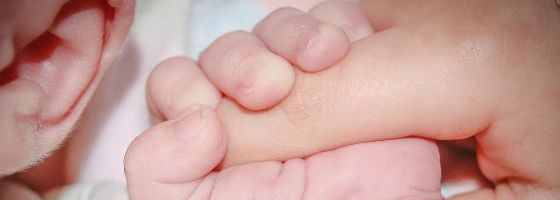
Eight children in the UK have been born following a pioneering licensed IVF technique to reduce the risk of mitochondrial diseases, known as mitochondrial donation, according to a world-first report by Australian and UK researchers.
Mitochondrial donation is designed to reduce the risk of mitochondrial DNA disease in children born to women who carry high levels of disease-causing mitochondrial DNA mutations.
The UK was the first country to approve laws to allow the use of this groundbreaking IVF-based mitochondrial donation technology in 2015, followed by Australia, which passed Maeve's Law in 2022.
Australian co-author of the research, Professor Mary Herbert from Monash University, told the AusSMC that the findings of the report are "enormously gratifying".
“The findings give grounds for optimism. However, research to better understand the limitations of mitochondrial donation technologies will be essential to further improve treatment outcomes,” she said.
Due to previously observed complications, mitochondrial donation technologies have only been regarded as risk-reduction treatments.
“Our ongoing research seeks to bridge the gap between risk reduction and prevention of mitochondrial DNA disease,” Prof Herbert said.
Dr Christopher Rudge, Deputy Director of the Sydney Health Law Centre at The University of Sydney, told the AusSMC that the study is essential as a "proof-of-concept" and provides direct evidence to inform the safety protocols and long-term monitoring for trials in Australia.
“[The study] provides long-awaited clinical evidence that mitochondrial donation can successfully prevent the transmission of these devastating conditions,” he said.
However, Dr Rudge acknowledged that the study does show some complications remain, and although the cause of those complications has not been confirmed to be the treatment, it means that, for now, mitochondrial donation should be considered a risk reduction strategy rather than a perfect cure.
In Australia, approximately 60 babies born annually go on to develop mitochondrial disease, which is disabling and potentially fatal.
According to Prof David Thorburn from the Brain and Mitochondrial Research at Murdoch Children's Research Institute, the results of the report "demonstrate that the approach is effective in reducing the risk of having a child with mitochondrial DNA disease for women who are at high risk”.
“For about three-quarters of couples participating in the pronuclear transfer method [the IVF technique employed], at least one suitable embryo was generated. About 40% of these couples had a baby, and all were healthy and had undetectable or low levels of the abnormal mitochondrial DNA,” he told the AusSMC.
Prof Thorburn says the study emphasises that longer-term follow-up is required, and the efficiency of the method could be further improved to achieve higher pregnancy rates.
“I regard these results as very encouraging and supporting the ongoing development and use of mitochondrial donation in the UK and Australia,” he said.
You can read the full AusSMC Expert Reaction here.
This article originally appeared in Science Deadline, a weekly newsletter from the AusSMC. You are free to republish this story, in full, with appropriate credit.
Contact: Steven Mew
Phone: +61 8 7120 8666
Email: info@smc.org.au